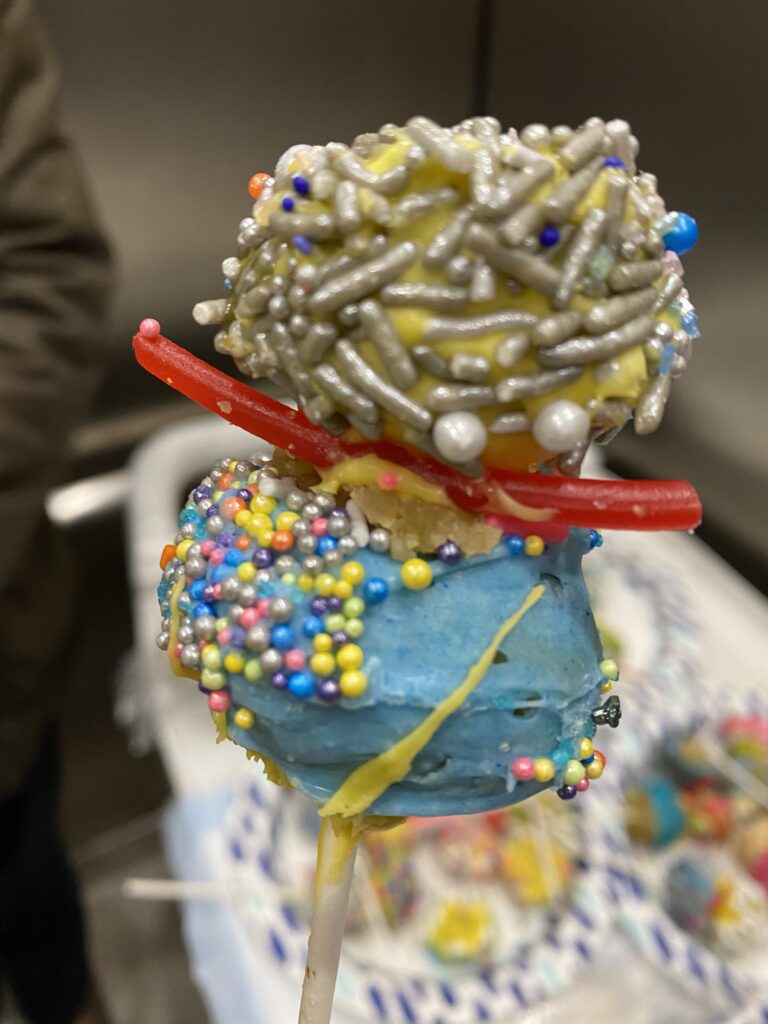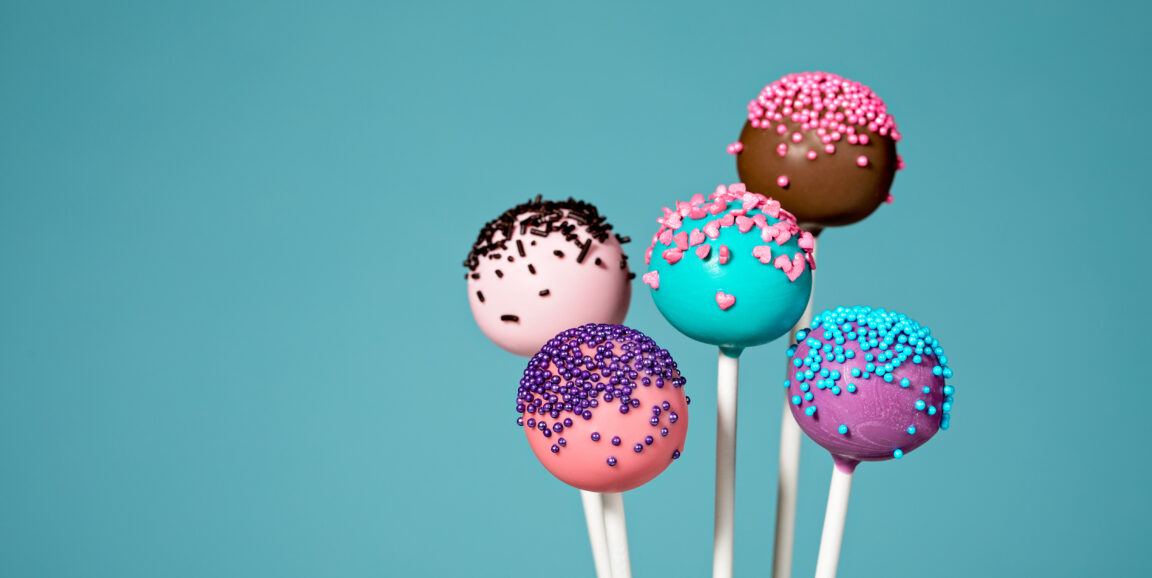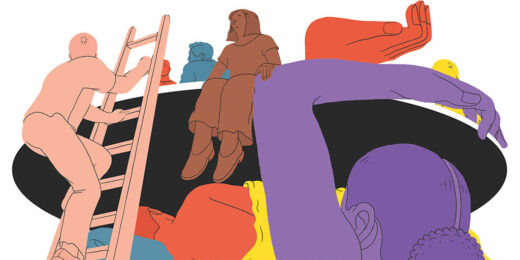Researchers in the lab of Maria Barna, PhD, associate professor of genetics, think about ribosomes. A lot. The lab's webpage even depicts each lab member as a jaunty ribosome, complete with hairstyles, lab equipment and data -- and, for Barna, colorful dangly earrings.

Recently, the lab celebrated the ribosomal structures with a happy hour including homemade cake pops decorated to resemble ribosomes, which create proteins in the body, and their attached molecular bits and pieces. Instead of the single cakey lollipop on a stick, two blobs of pastry sit atop each other like a snowman. The top one represents the small subunit of the ribosome; the other, the large one. Those two main pieces of machinery constitute the ribosome. Various sprinkles adorn the frosted pops, most of which include a little strip of red licorice between the cake blobs - a sweet stand-in for messenger RNA, a strand of RNA that ribosomes use to create different proteins.
The researchers' adulation for the tiny protein factories is well deserved. After all, they have a big job. Collectively (there can be up to 10 million ribosomes in each mammalian cell!) they churn out every protein in our bodies, first reading the instructions encoded in specialized RNA molecules called messengers, then obediently spewing out the strings of amino acids that make up proteins like strands of ticker tape.
The findings upend a long-held belief that ribosomes are all pretty much the same and that they move in time to identical marching orders. Instead, Barna's team found, ribosomes can differ from one another in small but significant ways. These differences help them winnow through the many RNA messages in the cell, preferring those that make specific classes of proteins.
As I report in my latest article for Stanford Medicine magazine, the lab's focus recently paid off in a series of discoveries that revealed that ribosomes play a major, and unexpected, role in cell fate and embryonic development.
This unexpected pickiness means that ribosomes can control in broad sweeps the type of proteins made in a cell, tilting one toward cell division, say, and another toward nutrient consumption.
Describing the findings as "the tip of an iceberg," Naomi Genuth, PhD, a former graduate student in Barna's lab and the lead author of a 2022 Nature Communications article about the research, speculates there might be hundreds of different types of ribosomes, each with an important role.
"Each of these studies is dragging ribosomes back into the limelight," Barna said, noting that the lab members-turned-bakers used 12 different kinds of sprinkles to ensure each pop was unique and special. And how sweet that was.
Photo by jfunk






